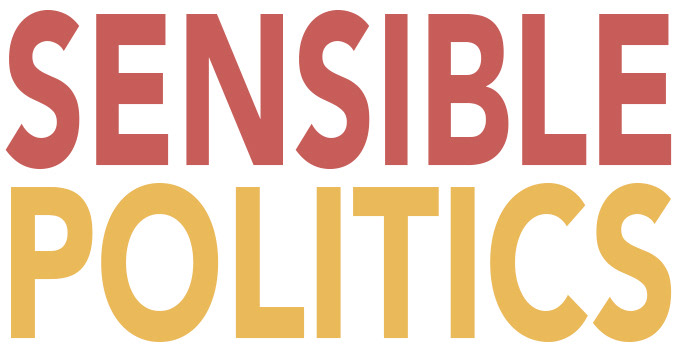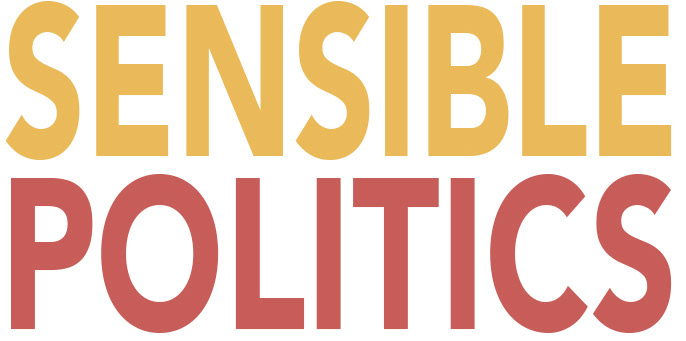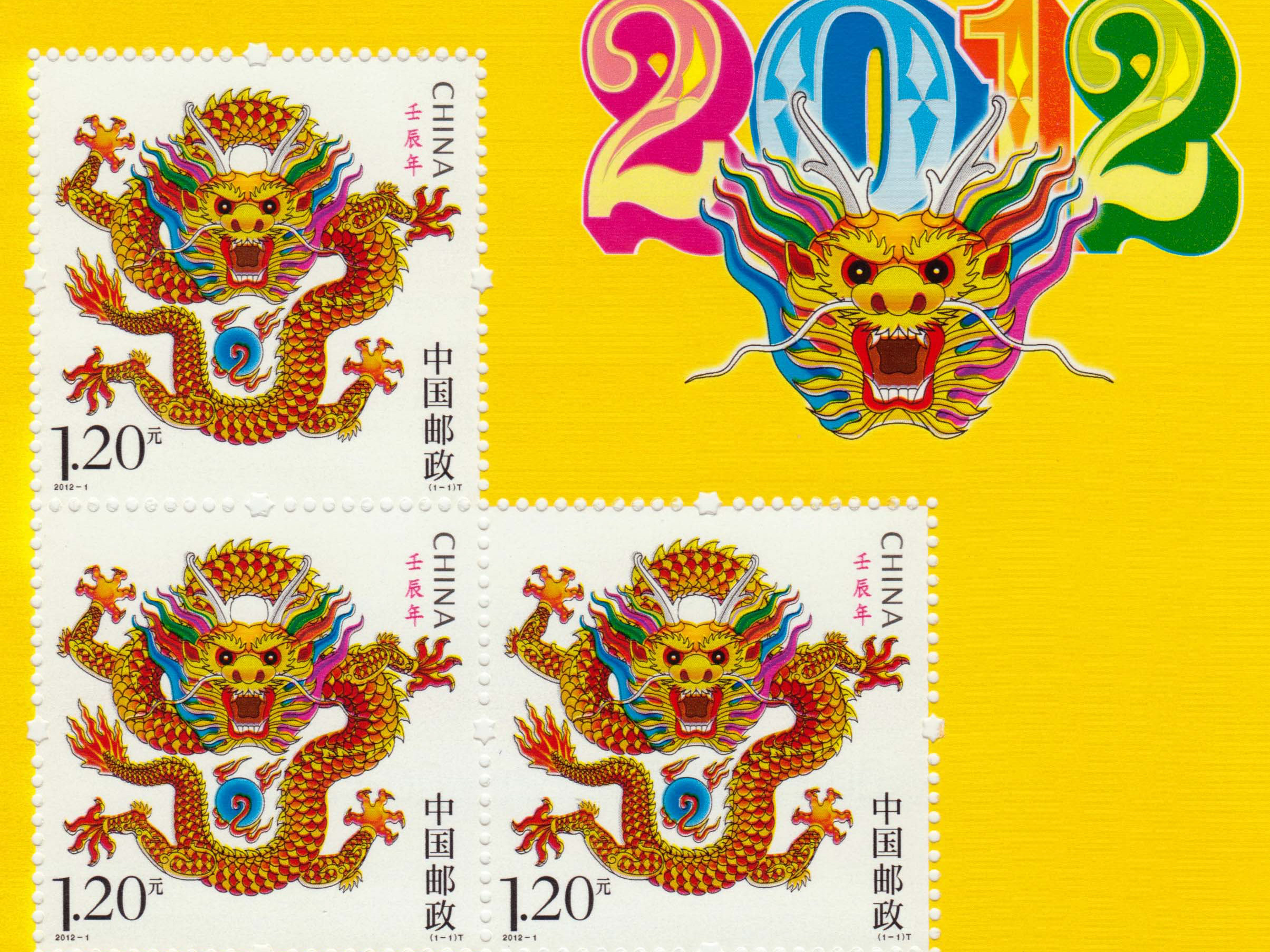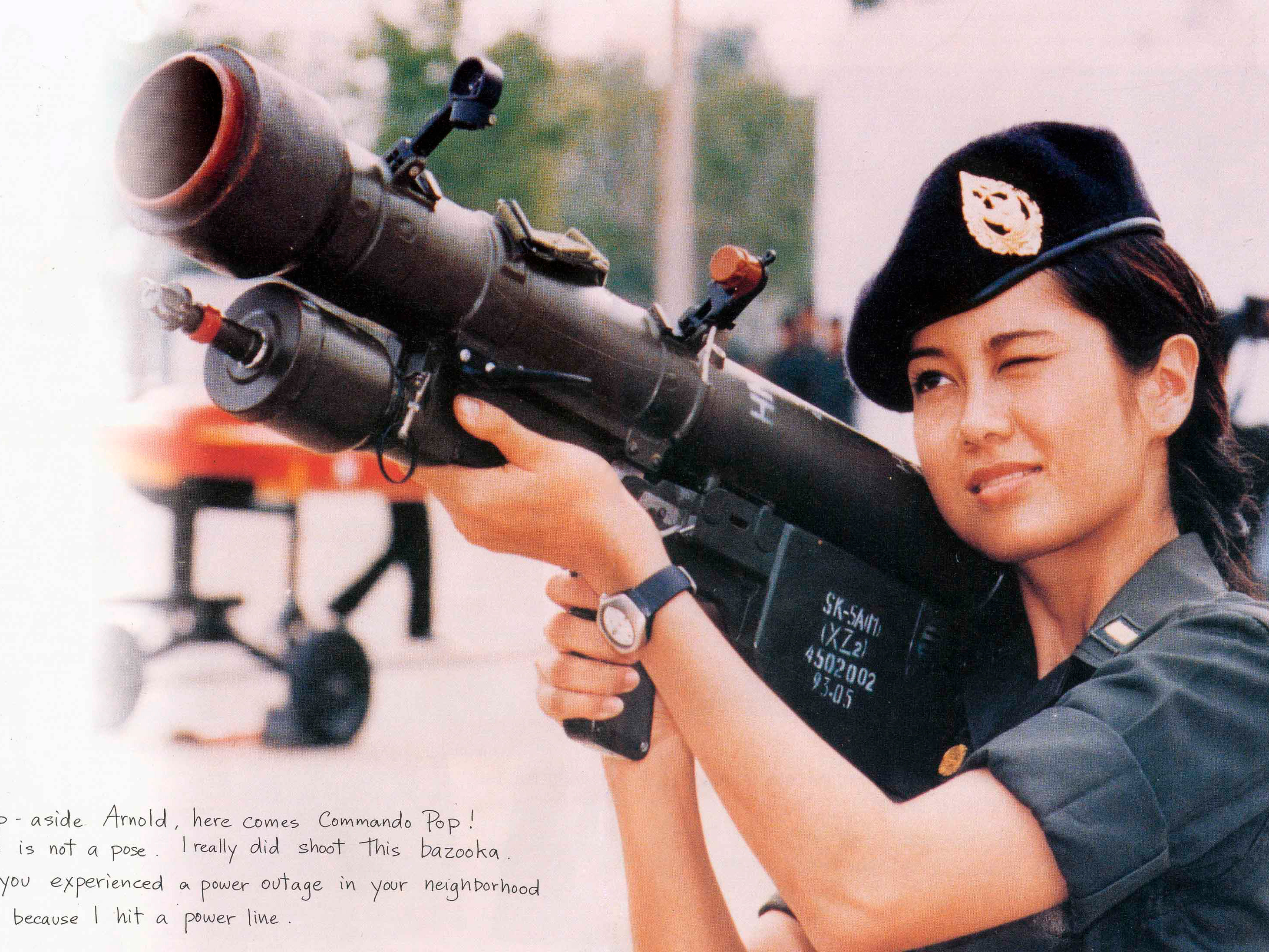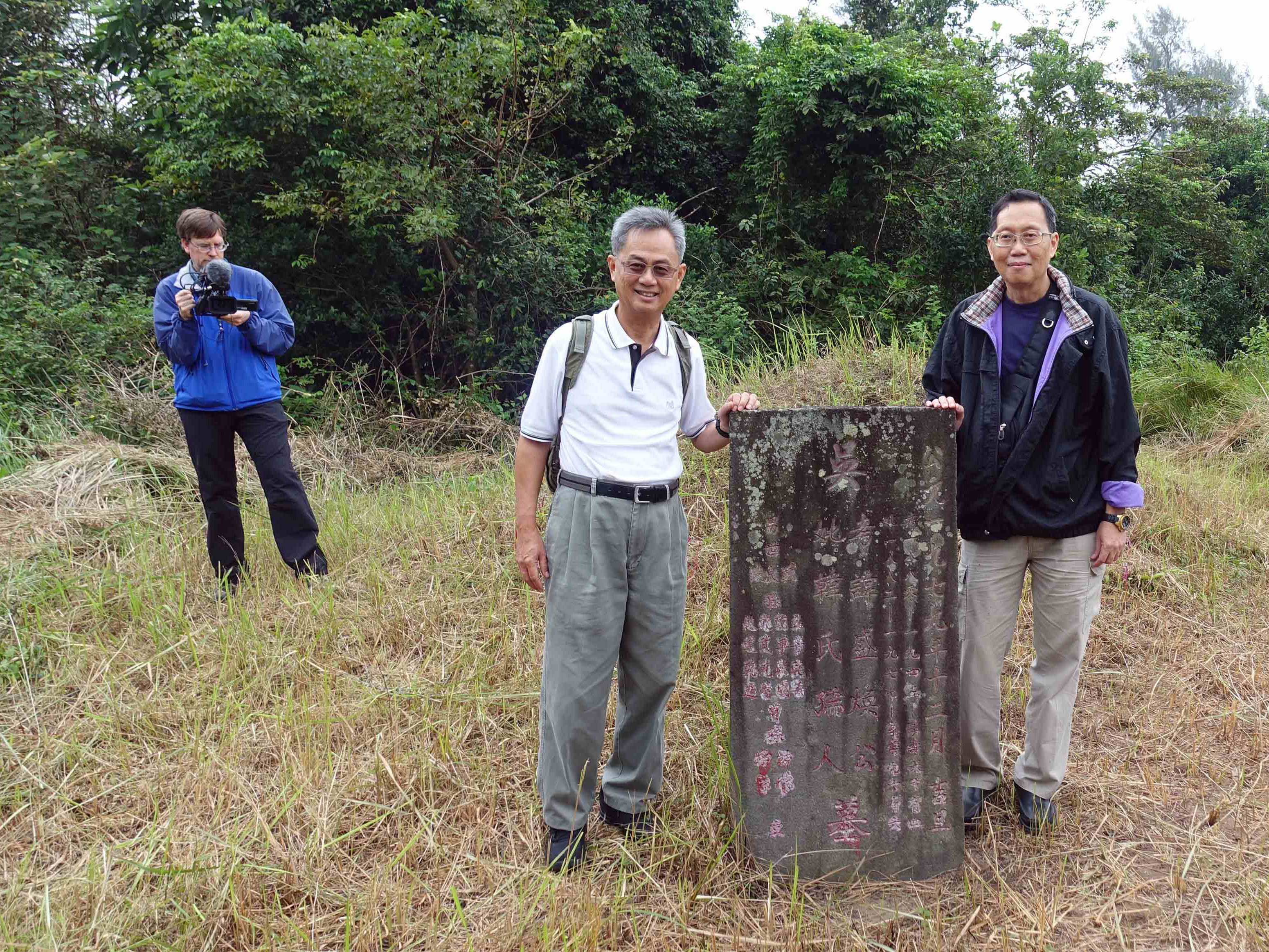To understand Thai politics, you need to get out into the field and do political ethnography
Detail of "Incident at Paan Faa Bridge" (Issara 1992) Click for whole painting
In the 1990s, I lived in Bangkok for five years, working first as an editor and columnist at The Nation newspaper, and then as a professor at Rangsit University. I arrived just as Bangkok’s “Black May” democratic revolution and military crackdown erupted in 1992. I got to know and interview many of the key players in this social movement and political campaign, and wrote up the results in my first two books: Imagining Democracy: Reading “The Events of May” in Thailand (1998) and Pollwatching, Elections and Civil Society in Southeast Asia (2000).
Imagining Democracy uses political ethnography and interpretive methods to deconstruct the mainstream understanding of the democratic movement, and provide alternative explanations that explore the agency of non-elite groups. The highlight is tracing how the “witch-doctors for democracy” used traditional culture in very modernist ways to curse military dictators. In “Incident at Paan Faa Bridge” (1992), Issara Thayahathai uses a Buddhist temple mural style to represent the military crackdown on protestors in Bangkok.
Campaigning for votes in rural Thailand (1995)
Pollwatching conducts a political ethnography of the 1995 general election in Thailand to appreciate it as a social movement, as well as a contest between rival political parties. The highlight is the detailed fieldwork-based description and analysis of how political candidates buy votes in general elections (co-authored with Duncan J. McCargo). This research informed my analysis of Social Capital and Corruption: The Politics of Reform in Thailand in Perspective on Politics (2005).
Friedrich Naumann Foundation supported research for Pollwatching
My path-breaking research on Thailand explores the politics of beauty pageants in The Ideology of Miss Thailand in National, Consumerist, and Transnational Space (1998), Cultural Governance and Resistance in Pacific Asia (2006, Chapter 2), and Sensible Politics (2020, Chapter 8).
